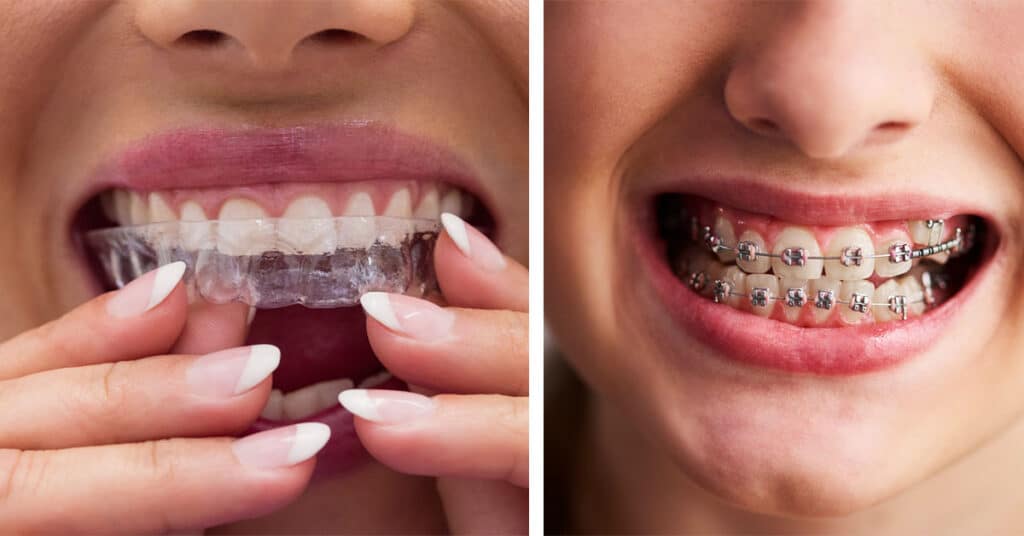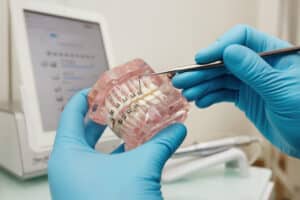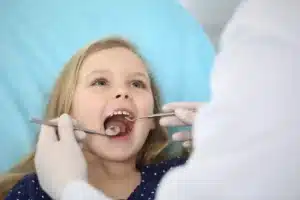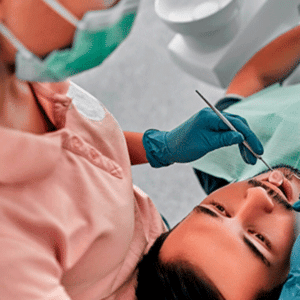Signs You or Your Child Might Need Braces or Invisalign
Did you know that nearly 4 million Americans wear braces today, according to the American Association of Orthodontists? Orthodontic treatments like braces or Invisalign are more common than you might think and help both children and adults achieve healthier, more confident smiles. Early detection of orthodontic issues can make a world of difference, leading to better oral health and simpler treatments over time.
But how do you know if it’s time to visit an orthodontist? This post will walk you through eight key signs that may indicate you or your child needs braces or Invisalign. Recognizing these signs early can save time, money, and potential future discomfort, so read on to learn what to look for and why addressing orthodontic issues is so important.
Misalignment of Teeth
Dental misalignment encompasses crooked teeth, overcrowding, and spaces or gaps between teeth. It’s one of the most common reasons people seek orthodontic treatment.
How Common Is It?
Studies show that 15-20% of the world’s population has significant alignment issues needing orthodontic care, while minor misalignments affect many more. It’s not just about appearance; misaligned teeth can lead to improper chewing, difficulty cleaning teeth properly, and even jaw pain.
What to Look For
Take a close look at your child’s or your own smile. Are the teeth overlapping, noticeably crowded, or spaced too far apart? These issues can often worsen as your child grows, so addressing them early is key.
Why It Matters
Aligning teeth improves not just your smile but how your teeth function. Think about incorporating visual aids; before-and-after diagrams of real cases can help parents understand what kinds of misalignments orthodontics can treat.

Difficulty in Chewing or Biting
Do you or your child find it tough to bite into or chew food? This common issue often stems from poor tooth alignment, affecting more than just your mealtime comfort.
The Impact on Daily Life
Misaligned teeth can significantly hinder the ability to properly break down food, complicating digestion and potentially leading to digestive issues or malnutrition. This is especially concerning for children, who need well-chewed food for healthy development.
Expert Insights
Orthodontists highlight the long-term implications of unresolved chewing difficulties. Early intervention is crucial, particularly for children whose jaws are still developing. Failing to address these issues can lead to more complex oral health challenges as one ages.
Taking Action
If you or your child experiences discomfort or difficulty when chewing or biting, it’s important to consult an orthodontist. A professional assessment can identify the root of the problem and lead to effective solutions. Simple treatments, such as braces or other orthodontic devices, can realign teeth and restore proper function, making eating an enjoyable experience once again.
Understanding the Impact of Dental Structure on Speech
Common Speech Challenges
When teeth are misaligned or the jaw is improperly positioned, it can lead to speech issues such as lisping or difficulty pronouncing certain sounds like “s” and “th.” These challenges can be particularly daunting for children, who may struggle to communicate effectively at school or with their friends, impacting both their academic and social interactions.
Real-Life Transformation
Consider the inspiring story of a young boy whose speech difficulties made him the target of teasing at school. His parents decided to explore orthodontic treatment as a potential solution. After less than a year of wearing dental braces, the improvements were remarkable. Not only did his speech clarity improve, but his newfound confidence was evident in every aspect of his life.
Taking the Next Steps
If your child is experiencing speech clarity issues, especially if they are already working with a speech therapist, it might be time to consult an orthodontist. They could hold the key to addressing the root of the problem, offering a solution that complements other therapies your child may be receiving.
Frequent Jaw Pain or Headaches
Unexplained jaw pain or recurring headaches could be linked to temporomandibular joint (TMJ) disorders caused by teeth misalignment.
Signs to Watch For
- Clicking or popping sounds when opening or closing your mouth
- Pain in or around the jaw
- Headaches that don’t seem related to other causes
These symptoms are often subtle, but they can become severe if ignored.
Professional Advice
Orthodontists suggest that addressing teeth or jaw misalignment early can relieve TMJ-related pain and even prevent future dental procedures. Proper bite alignment often significantly reduces strain on the jaw joint.
What to Do
If you or your child frequently experience any of these symptoms, book an orthodontic consultation. A custom treatment plan can alleviate discomfort before it worsens.
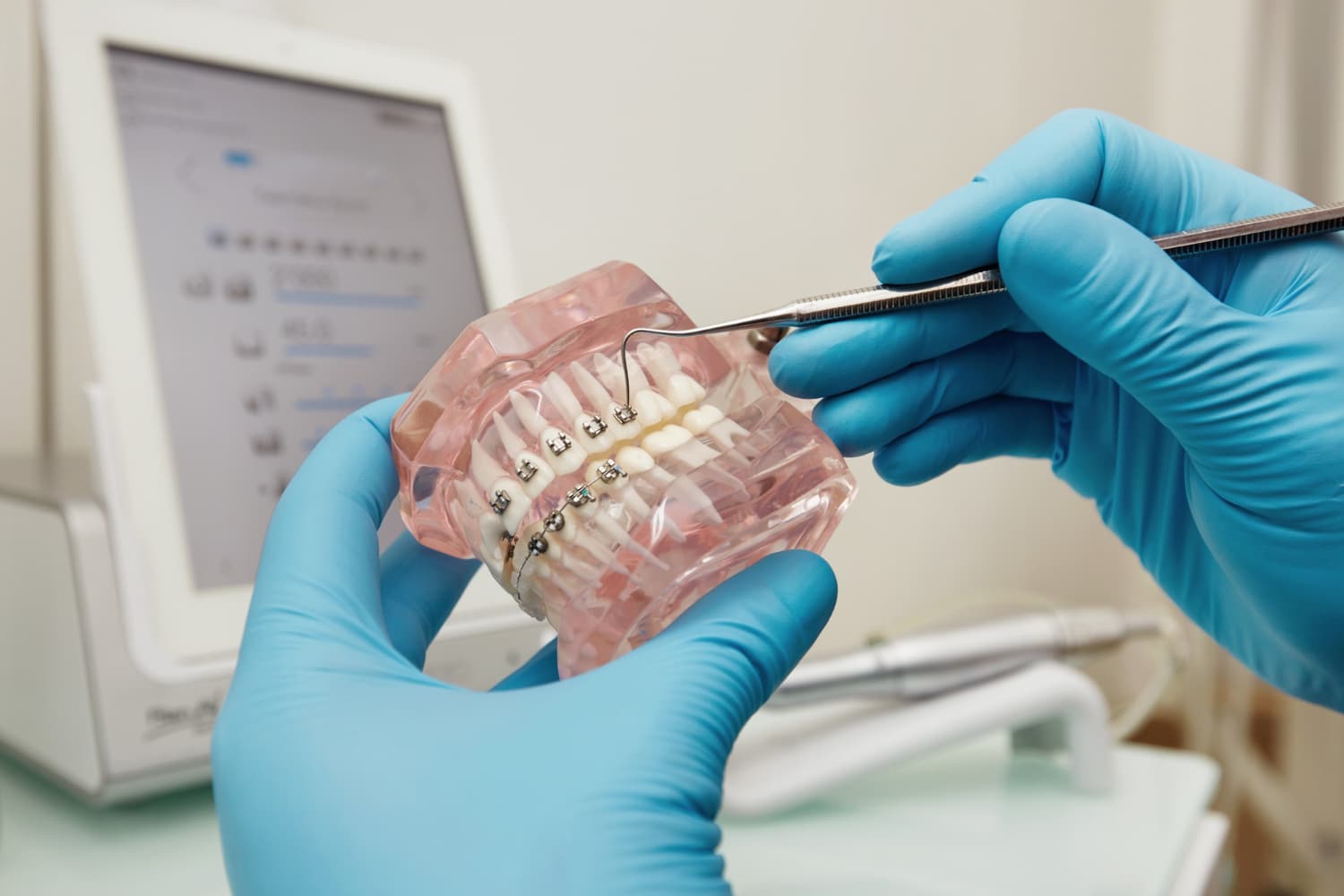
Overbite or Underbite Issues
An overbite occurs when the upper teeth significantly overlap the lower ones, while an underbite is the opposite. Both can range from mild to severe, but they’re more than just cosmetic concerns.
Why It Matters
Severe bite issues can cause uneven wear and tear on teeth, jaw pain, and even affect facial symmetry over time. Children may find chewing harder, and adults may notice their teeth wearing down prematurely.
Understanding the Impact
Using imagery to highlight how before-and-after treatments transform severe bite issues can provide clarity to parents deciding if orthodontic care is necessary.
If left untreated, overbites and underbites can lead to other health complications, so consulting an orthodontist is key.
Tooth Decay and Gum Disease
Crowded or misaligned teeth often make proper brushing and flossing difficult. This creates an environment where plaque and tartar build up, leading to tooth decay and gum disease.
The Numbers Don’t Lie
Did you know that individuals with misaligned teeth are twice as likely to develop cavities and gum issues as those with straight teeth? This creates a continuous cycle of dental problems that may require costly interventions down the line.
Prevention Tips
- Use floss threaders or water flossers if flossing is difficult.
- Regularly visit your dentist for professional cleanings while waiting for orthodontic treatment.
Addressing alignment issues can greatly improve your ability to maintain oral hygiene in the long run.
Aesthetic Concerns
For many, aesthetics remains a top reason for seeking braces or Invisalign aligners. A straight smile isn’t just about looks; it plays a key role in self-esteem and overall confidence.
How Smiles Affect Self-Esteem
Teens often feel self-conscious about their appearance, and misaligned teeth can make it worse. Some adults also feel hesitant to smile in professional settings or social circles due to visible dental issues.
Testimonials
One patient described how Invisalign helped them gain confidence during college interviews, while another shared how braces allowed them to smile freely during their wedding photos. The emotional impact shouldn’t be ignored.
Orthodontics can provide both physical and psychological benefits, improving not just your smile but your sense of self.
Why Choose Villa Orthodontics?
If you or your child is showing any of these signs, it’s time to consider professional help. At Villa Orthodontics, we specialize in creating beautiful, functional smiles that change lives.
What Sets Us Apart?
- Highly Experienced Professionals – With over 20 years of expertise, our orthodontists are equipped to handle even the most complex cases.
- Advanced Technology – We use state-of-the-art techniques like digital imaging and 3D printing for precise, effective treatment.
- Tailored Care – Each patient receives a customized plan to ensure the best results while minimizing discomfort.
- Affordable Options – We offer flexible payment plans and accept most insurance providers.
Trust us to guide you through this important step toward better oral health.
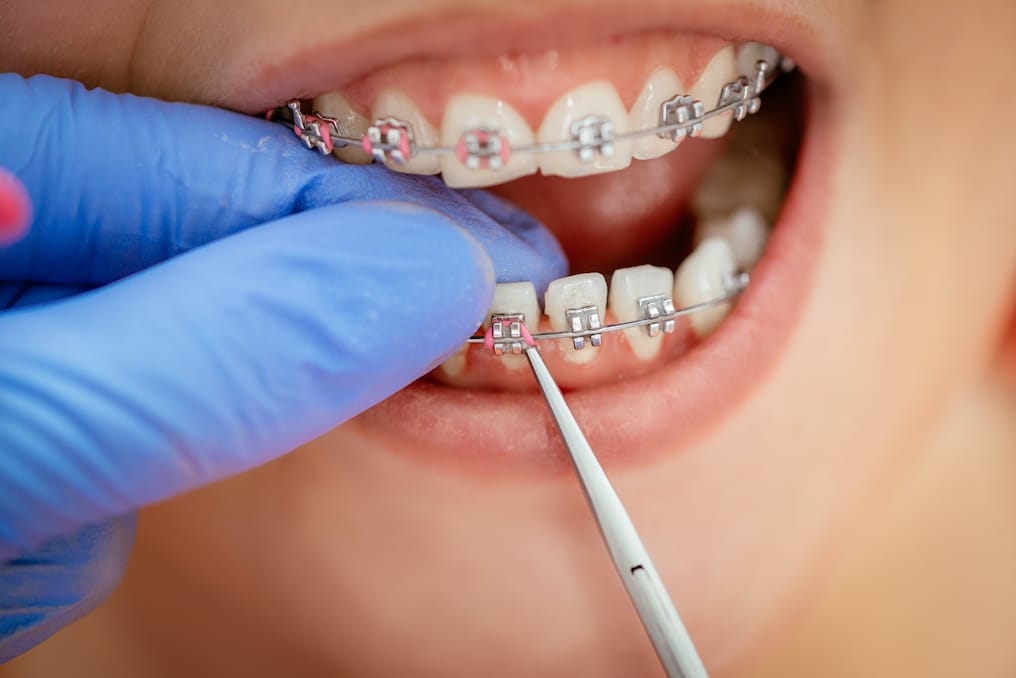
Recommendations from Dental Professionals
Routine dental check-ups can help catch early signs of orthodontic issues. Dentists often collaborate with orthodontists to ensure comprehensive care.
What to Expect During a Consultation
Orthodontists assess alignment, bite, and jaw positioning to determine the best course of action. Whether it’s braces or Invisalign, they’ll discuss options tailored to your specific needs.
Braces vs. Invisalign
While braces are often the go-to for severe cases, Invisalign offers a virtually invisible solution for those concerned about aesthetics. Your orthodontist can help weigh the pros and cons of each option.
Maintenance and Aftercare
Maintaining good oral hygiene is crucial during orthodontic treatment. Your orthodontist will provide specific instructions on how to clean your braces or Invisalign aligners. Regular check-ups are also important to ensure the progress of your treatment.
Conclusion
Orthodontic treatment can lead to a straighter, healthier smile and improved overall oral health. Consulting with an experienced orthodontist can help determine the best course of action for your individual needs. With options like braces and Invisalign, you can achieve the smile you’ve always wanted. Remember to follow proper maintenance and aftercare instructions for optimal results. Don’t hesitate to ask questions or voice any concerns during your treatment journey. Remember, a beautiful smile is within reach with the help of orthodontic treatment. So take that first step towards a healthier and more confident you today! Contact an orthodontist near you to start your journey towards a better smile.
https://www.google.com/maps?cid=10799094335138242310
